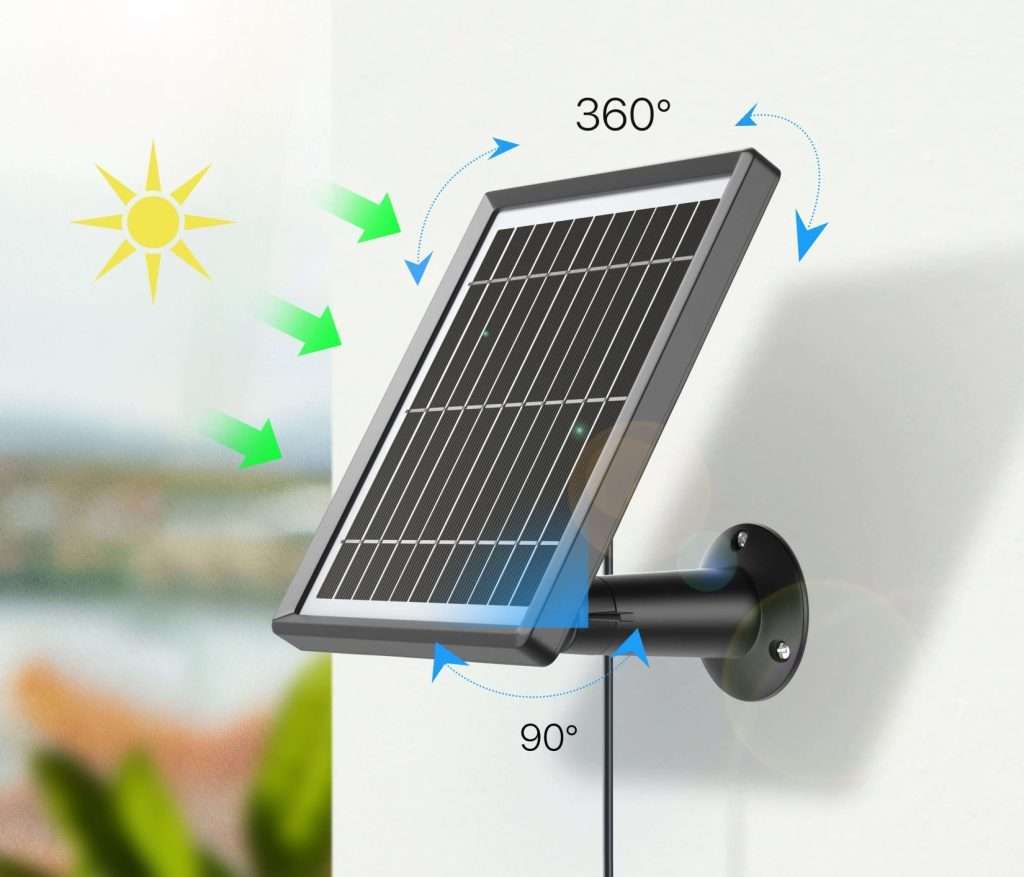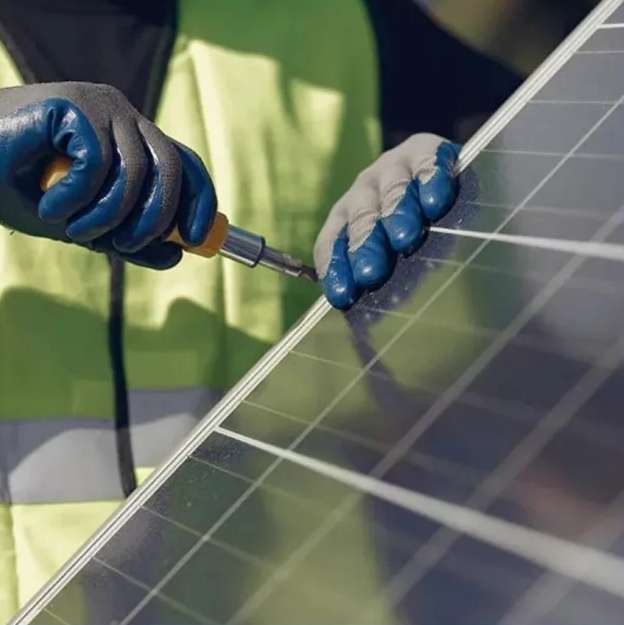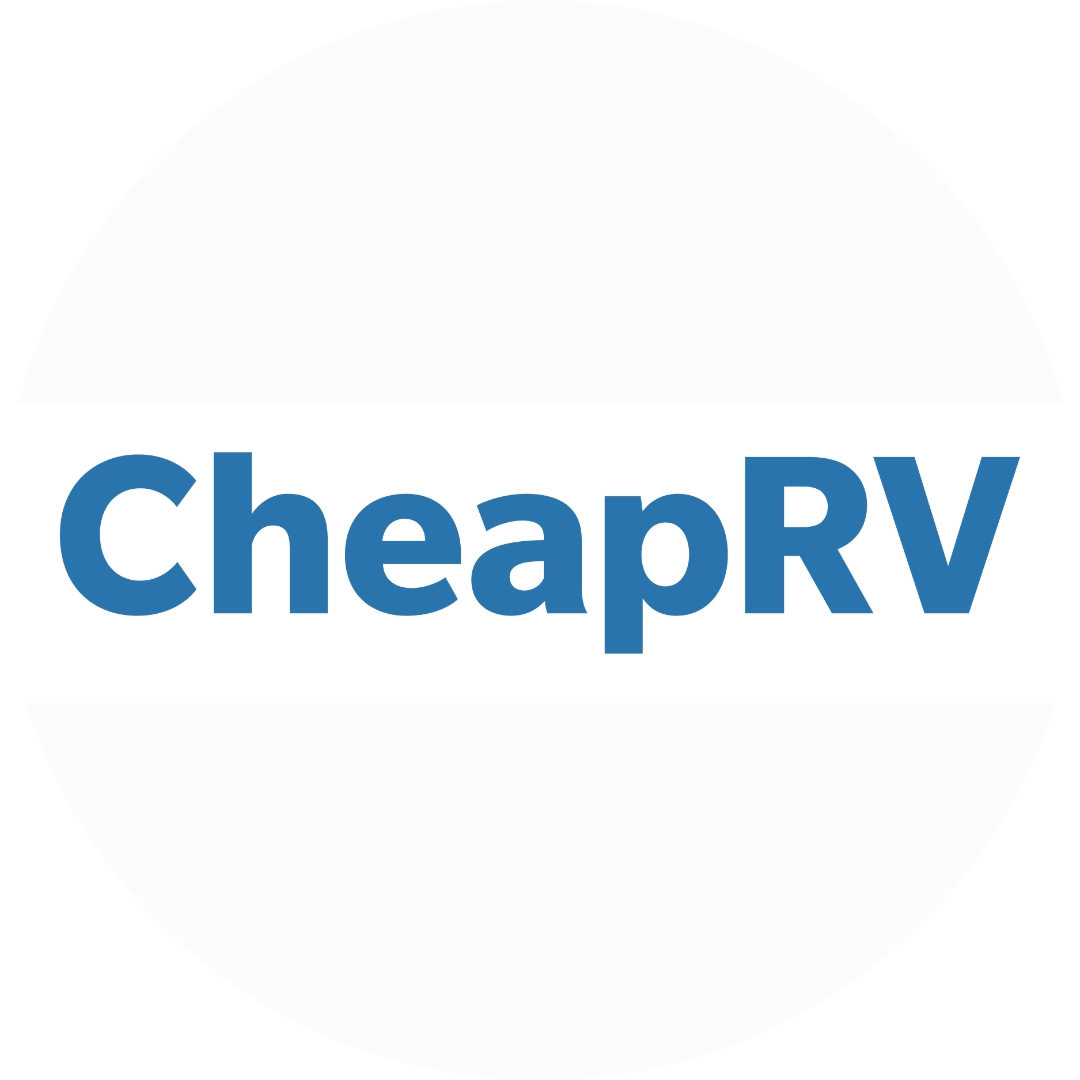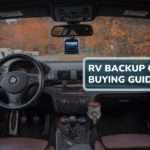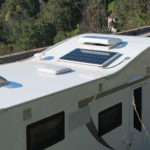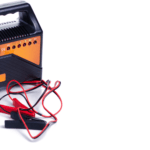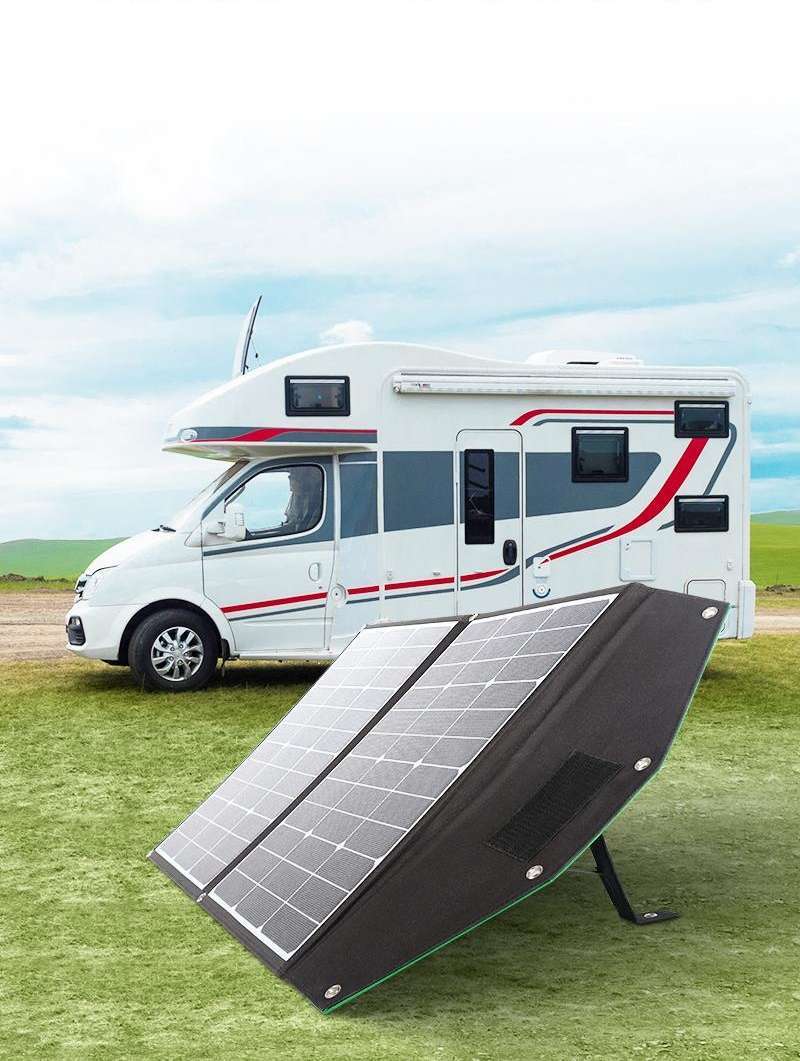
How to choose the best RV Solar Battery Charger – Learn to use the energy of the Sun
RV solar battery chargers are a great way to power your RV when you’re off-grid. They use the energy from the Sun to charge the batteries that power your RV’s lights, appliances, and other electrical systems. In this article, we will discuss how RV solar battery chargers work, and how to use them, and you’ll get some tips for getting the most out of your solar charger.
What is an RV Solar Battery Charger?
It’s a device that uses the energy from the sun to charge batteries. It consists of two main components: solar panels and a charge controller.
The solar panels convert the energy from the sun into electrical energy, which is then sent to the charge controller. The charge controller regulates the flow of electricity to the batteries, ensuring that they are charged properly and not overcharged.
How does the Solar Battery Charger work?
Solar panels, which are made of silicon, absorb the energy of the sun. When the sun’s energy hits the panels, it causes a flow of electrons, creating an electrical current. The electrical current produced by the solar panels is Direct Current (DC) and it is not the same type of current that most household appliances use, which is Alternating Current (AC).
The charge controller is a device that regulates the flow of electricity from the solar panels to the batteries. It ensures that the batteries are not overcharged or undercharged, which can damage them and reduce their lifespan. The charge controller also has a display that shows the status of the charging process, including the current voltage and amperage.
The charge controller also ensures that the voltage from the solar panels doesn’t exceed that of the batteries. Once the batteries are fully charged, it stops charging them.
Pulse Width Modulation is a feature that allows the most efficient charging of the batteries by adjusting the power output from the panels to match the current state of the batteries.
This allows you to power your RV without the need for an external power source.
How to use RV Solar Battery Charger
First, you will need to place the solar panels in a location where they will receive direct sunlight. It could be the roof of your RV or a separate stand. It is important to make sure that the panels are facing south and are not shaded by trees or other obstacles. Once the solar panels are set up and receiving sunlight, you will need to connect them to the charge controller. The charge controller will then regulate the flow of electricity to the batteries, ensuring that they are charged properly.
Regarding the solar panels, make sure they are clean and free of debris. That way they will receive the maximum amount of sunlight. Clean the panels with a damp cloth or a soft brush and avoid using chemicals that can damage the panels.
Proper maintenance of batteries includes cleaning them, checking the water levels, and making sure that they are not overcharged or undercharged. Overcharging or undercharging batteries can lead to significant damage and it can reduce their lifespan. It is also important to use the right type of batteries for your RV solar battery charger, such as deep cycle batteries.
Use energy-efficient appliances and lighting. This will help to reduce the amount of energy that you need to charge your batteries and extend the life of your solar charger. Look for appliances and lights that have the Energy Star label, which means they meet energy efficiency standards set by the government.
Plan your energy usage. Try to use appliances and lights during the day when the solar panels are receiving the most sunlight. That way you can charge your batteries as quickly as possible. During the evening, use low energy consumption appliances and lights.
Invest in a battery monitor. A battery monitor keeps track of the state of charge of your batteries and will provide you with an accurate reading of the voltage and amperage.
Types of RV Solar Battery Chargers
There are several types of RV solar battery chargers:
- PWM (Pulse Width Modulation) chargers
- MPPT (Maximum Power Point Tracking) chargers
- Hybrid chargers (combination of PWM and MPPT)
- Portable solar panels
- Solar suitcase systems
How to choose the Best Solar Battery Charger
When choosing the best RV solar battery charger, there are several factors to consider:
- Battery type: Make sure the charger is compatible with the type of battery you are using (lead-acid, lithium-ion, etc.).
- Power output: The charger should be able to provide enough power to charge your battery bank in a reasonable amount of time.
- Efficiency: An MPPT (Maximum Power Point Tracking) charger is generally more efficient than a PWM (Pulse Width Modulation) charger, but they are also more expensive.
- Portability: If you plan to take your RV to different locations, you may want to consider a portable solar panel or a solar suitcase system.
- Weather resistance: If you plan to park your RV in a variety of weather conditions, you may want to look for a charger that is weather-resistant.
- Brand reputation: Look for a reputable brand with a good warranty and customer service.
It is also recommended to check the product reviews and compare the different options available on the market before you make a final decision.
How to use a Solar Charger on a 12 volt RV battery
- Ensure that the solar charger is compatible with your RV’s 12-volt battery.
- Position the solar panel in a location that will receive the most sunlight. Make sure the panel is securely mounted and facing toward the sun.
- Connect the solar charger’s positive cable to the positive terminal of the battery and the negative cable to the negative terminal.
- Turn on the solar charger and monitor the battery’s charging status using a battery monitor or a voltmeter.
- If the battery is not charging, check that the solar panel is positioned correctly and that the cable connections are secure.
- Once the battery is fully charged, disconnect the solar charger from the battery to prevent overcharging.
The time it takes to charge a battery will depend on the size of the battery, the size of the solar panel, and the amount of available sunlight.
It’s also important to maintain your battery by keeping it clean, checking the electrolyte levels, and keeping it at the right temperature.
If you need help, you can always read the manufacturer’s instructions and safety precautions.
Equipment You Need to Connect Your Solar Panel to Your RV Battery
If you don’t have any electrical experience, you may want to hire a professional electrician. It’s easy to install small solar panels and in our article, we’ve described in detail How to Connect Solar Panels to RV Batteries.
When you learn to harness solar power for your RV, you can set up camp anywhere and be self-sustainable, even in the wilderness.
Conclusion
If you’re traveling somewhere that is almost always sunny, an RV solar battery charger can be a lifesaver, especially if you’re staying off-grid and want to explore the true wilderness and still enjoy all the comforts of electricity.
